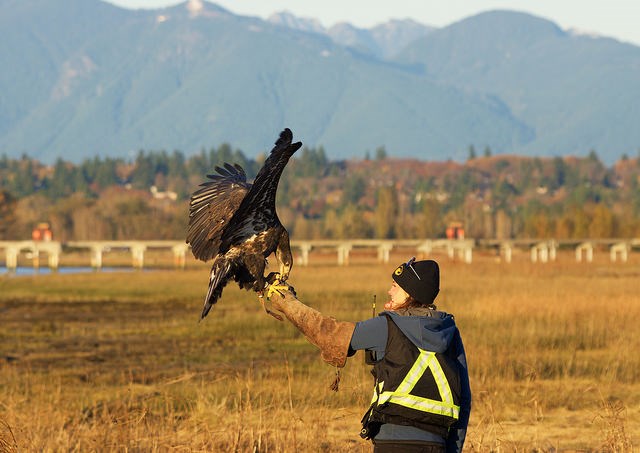Intensifiers (adverbs or adverbial phrases that do nothing except emphasize) are off the menu for wordsmiths like me, but I’m binging now – because I’m extremely relieved that a negative trend is reversing. For too long, instead of taking care of the natural world, we’ve behaved like slave masters, exploiting it, arrogantly tinkering with it. But we’re beginning to admit our mistakes and look for ways to repair the damage. We’re also letting nature itself play a bigger role in saving, healing and managing itself and our planet.
Although my friends and I talk about this matter constantly, the idea for a column on the subject came to me last spring, when I heard a radio ad for UBC’s Environmental Engineering Program, about improving air, land, water and living systems. Something similar is happening to the south – Washington State University and Stewardship Partners are behind a campaign to install 12,000 rain gardens in Puget Sound. And at Yosemite, California, in the Mariposa Grove, where there are about 500 mature giant sequoias (one 1,800 years old), vast tracts of asphalt pavement have been replaced with dirt paths – all to ensure the health of the sequoias’ shallow roots.
Whenever I see the gang mowers in Richmond’s parks and school grounds and smell the fumes of the diesel tractors pulling them, I think of what France, Germany, Italy and even some states, are doing. In Paris, Berlin, Turin, Rome, as well as Texas and Ohio, sheep are replacing machines to keep the grass down and eliminate weeds. While sheep might not be able to trim grass to playing-field standards, it would be wonderful (and entertaining for kids) to see them nibbling away in the more rustic areas of Richmond’s parks or along the Railway greenway.
Waterfowl and shorebirds, especially the Dunlin, have always been attracted in great numbers to the site of Vancouver International Airport. Since the 1960s, however, they’ve been a risk to the safety of departing and arriving jet aircraft. Up until about a decade ago, the airport blasted sounds through loudspeakers and shot fused projectiles to disperse the flocks. Another trick was to throw a dead bird into their midst.
Now, the airport’s wildlife management program lets dogs and trained predatory birds do the job. The falconry team at YVR use peregrine falcons (falcon derives from the Latin “falx,” meaning curved blade, because of the shape of the bird’s talons or spread wings), gyrfalcons, Harris’s hawks, and a bald eagle for avian control.
Raptors are engaged at industrial and agricultural sites as well. For instance, the Gelderman family at their farm in Abbotsford avoid cannons and other traditional bird-scaring devices and instead hire trained falcons whenever birds threaten their blueberry harvest.
Dogs, too, are showing what they can do to help take care of nature. In the state of Maryland, Cybil Preston, chief apiary inspector, has trained her Labrador retriever to sniff beehives to detect foulbrood, a bacteria that can decimate bee populations.
I think we’re at the beginning of a nature renaissance.
Sabine Eiche is a writer and art historian (www.sabinedellarovere.com)



